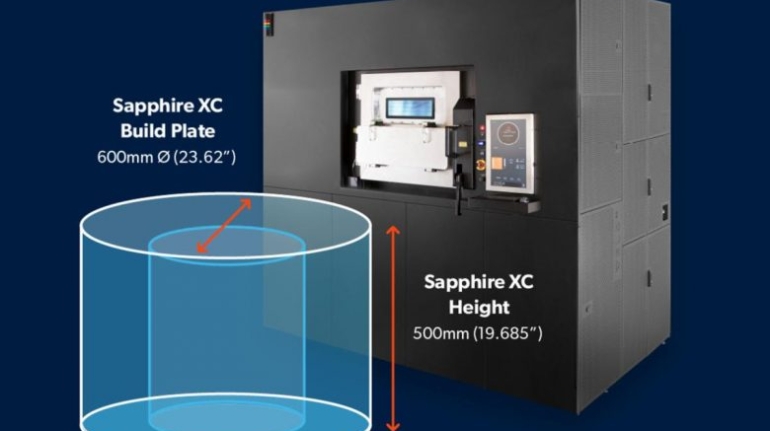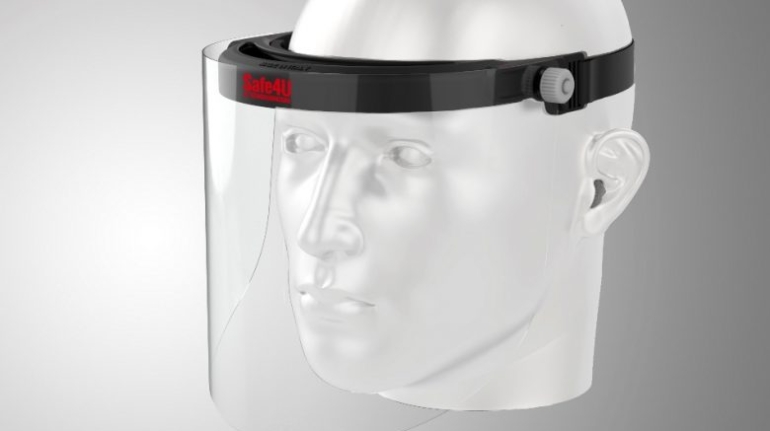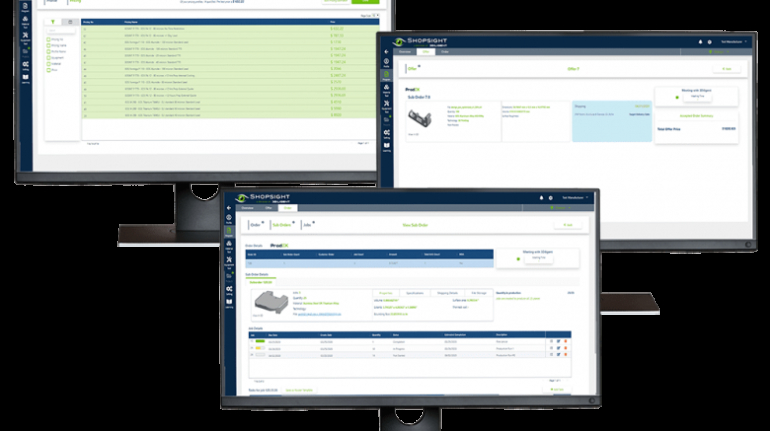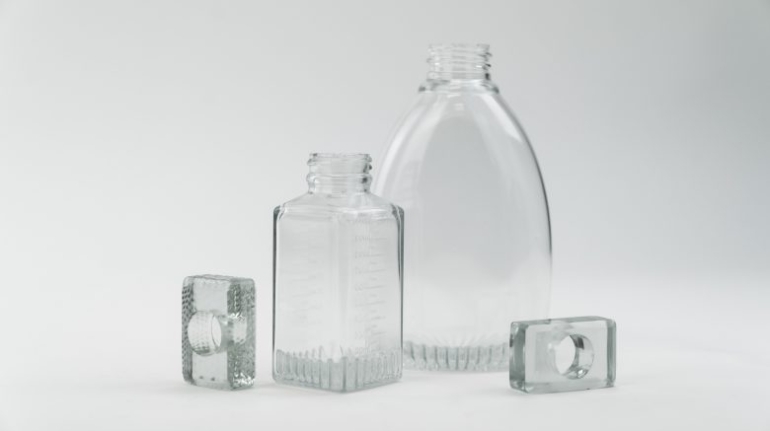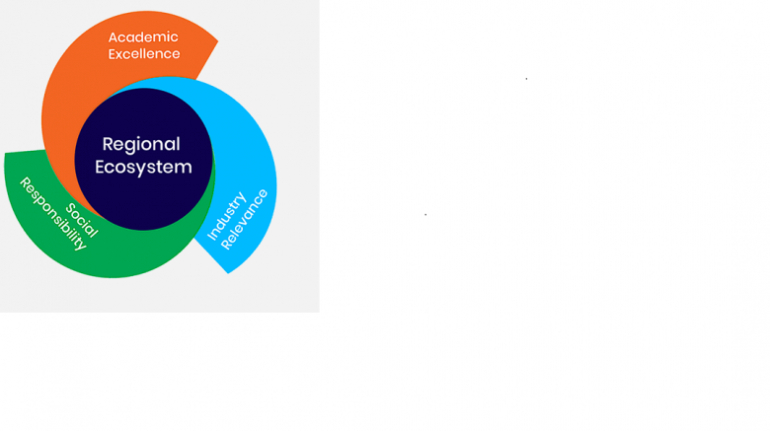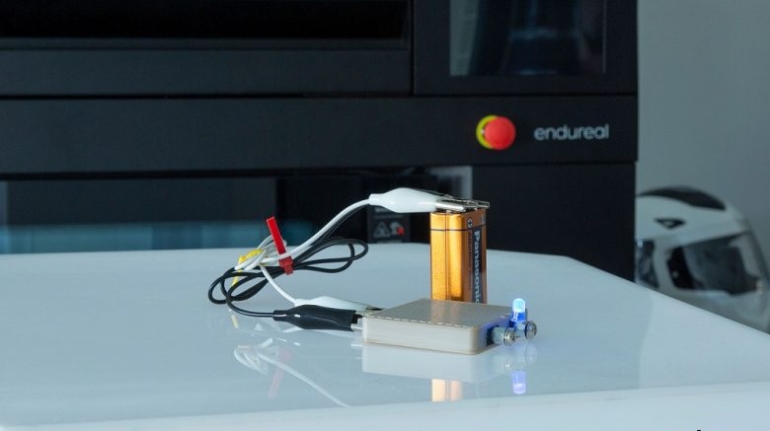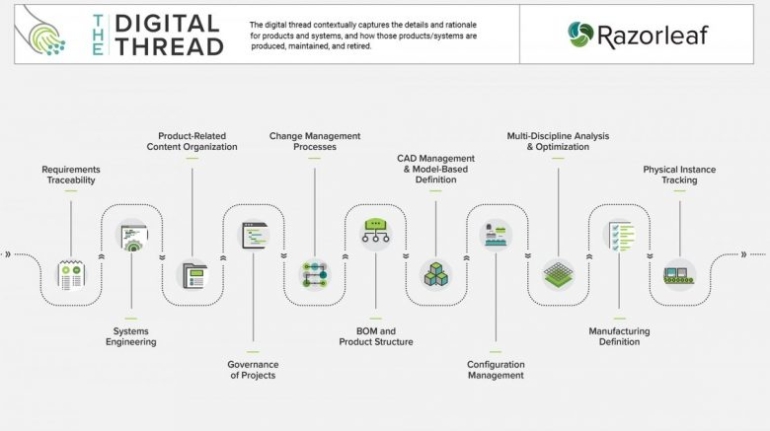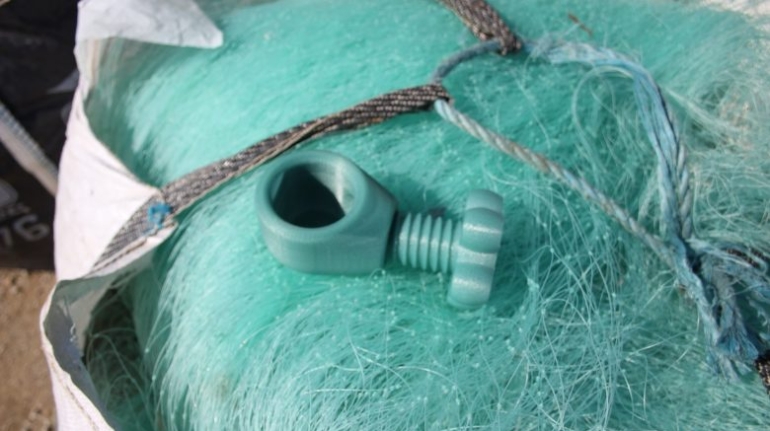VELO3D launches Sapphire XC 3D printer with 5x higher throughput 3D Printer Hardware
VELO3D is expanding its 3D printing portfolio in a big way—literally. The California-based metal AM company has released the Sapphire XC 3D printer, which it describes as an “extra capacity” system with up to five times higher throughput compared to the original Sapphire system. The new large-format Sapphire XC also has the ability to reduce cost-per-part by up to 75%.

